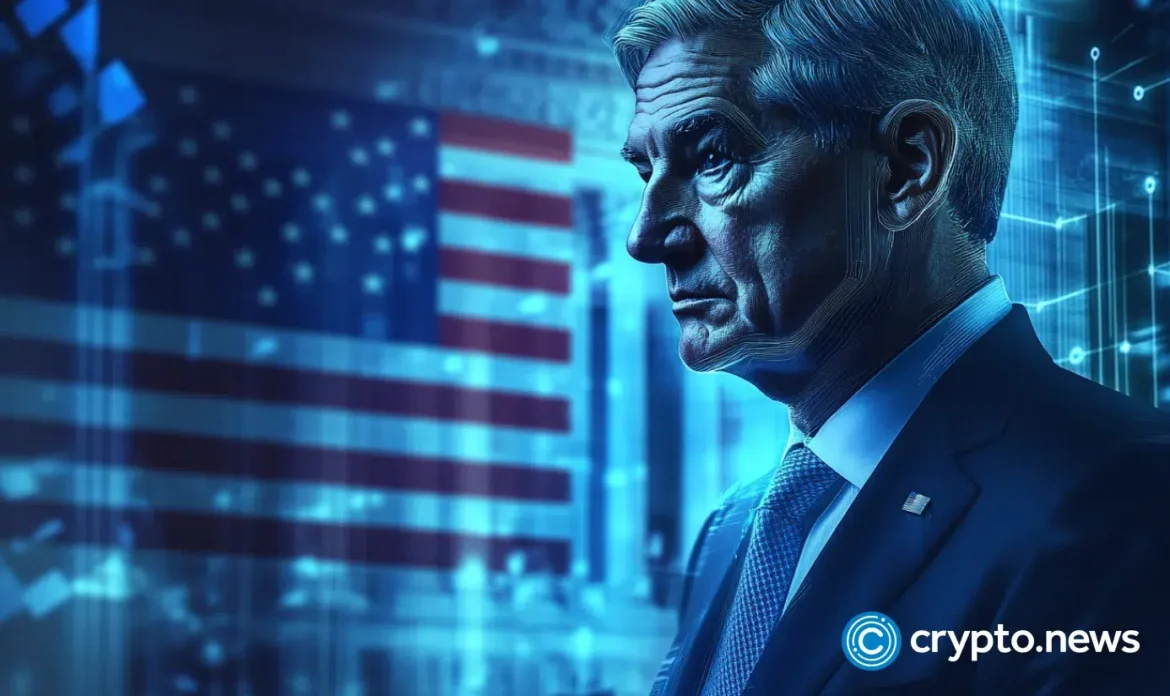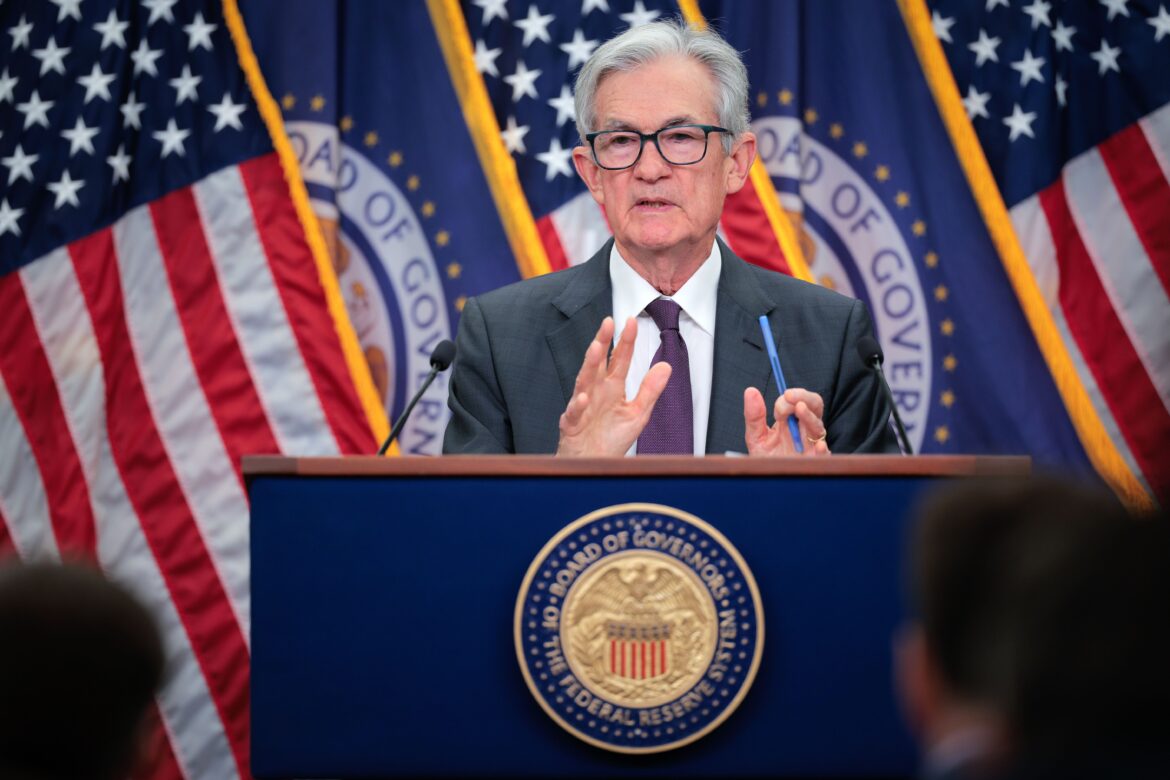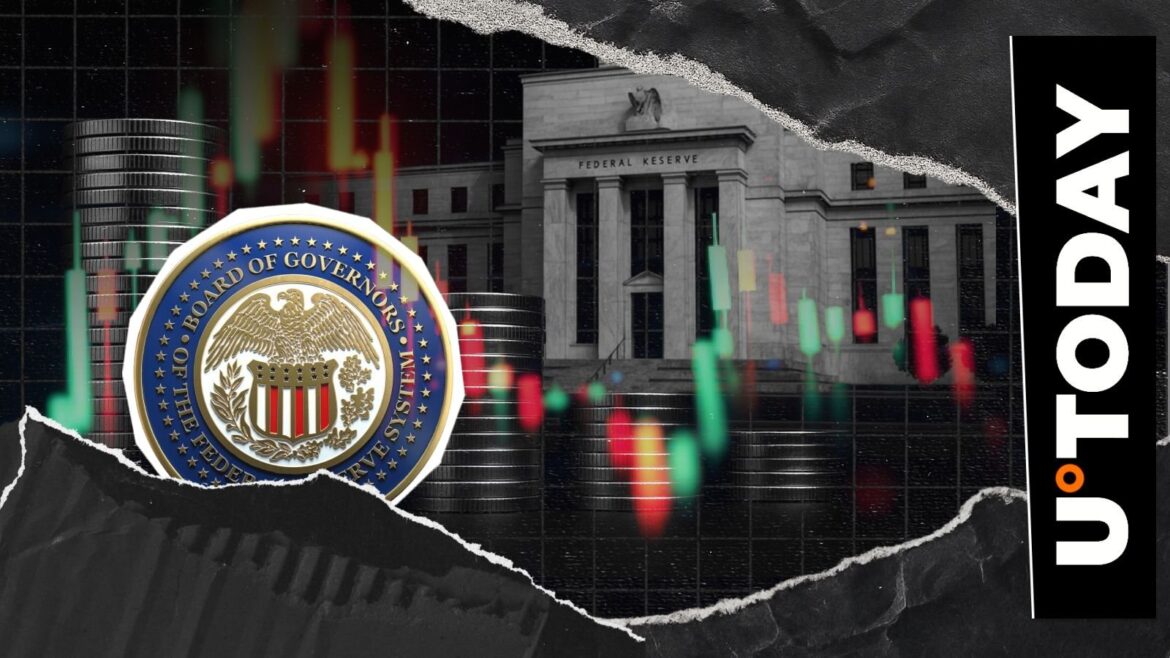In brief
- Two brothers have been charged with kidnapping after allegedly holding a family hostage in a plot to steal $8 million in crypto.
- The brothers allegedly forced their way into the family’s home at gun point.
- The local school district canceled a homecoming football game as police searched for the brothers.
U.S. federal prosecutors in Minnesota charged two Texas brothers with violently kidnapping a Minnesota family and stealing $8 million in crypto, according to a filing on Thursday by the U.S. Department of Justice.
The U.S. Attorney Office, Minnesota district accused Raymond Christian Garcia, 23, and Isiah Angelo Garcia, 24 of using an AR-15-style rifle and a shotgun to force their way into the family’s Grant, Minnesota home, where they bound a man, his wife and their son, and held them hostage until he transferred the amount to their digital wallets. The DOJ did not reveal which digital coins specifically were stolen.
The ordeal led to the cancellation of a homecoming football game. Grant is in the Eastern part of the state about 45 minutes from Minneapolis.
“A violent kidnapping that stole $8 million and silenced a homecoming game is not just a crime. It is a blow to the sense of safety of everyone in Minnesota,” Acting U.S. Attorney Joseph H. Thompson said.
He added: “This is not normal. Minnesotans should not accept wild violence and thievery as normal. Every Minnesotan deserves to live in peace and a life unaffected by rampant crime.”
Mahtomedi High School canceled its September 22 game against Bloomington Kennedy for the “safety of its community,” as police searched for the alleged kidnappers.
Investigators allege that the Garcia brothers restrained the family for nine hours starting on September 19. At one point, Isiah Garcia forced the father at gunpoint to drive three hours away to a family cabin to access a portion of the crypto holdings, while Angelo remained with the wife and son.
According to the DOJ report, the son managed to call 911 when Angelo left the home. Police arrived to witness the son and mother still zip-tied and Angelo fleeing the home. They later found a suitcase that held a disassembled rifle, ammunition, clothing and beverages.
Investigators tracked a rented Chevrolet white Malibu to the brothers’ home in Waller, Texas, where they were arrested. Isiah Garcia has confessed to the kidnapping, according to the DOJ report.
The DOJ charged them with kidnapping. The defendants made their initial appearances in federal court on Thursday.
The brothers also face three counts of kidnapping with a firearm, one count of first-degree aggravated robbery, and three counts of first-degree burglary, according to a complaint in Washington County, Minnesota.
Crypto-fueled kidnappings—dubbed “wrench attacks”—are on the rise worldwide. In France, a total of 25 suspects were arrested this year after a series of crypto-driven attacks and kidnapping attempts, including the failed abduction of the pregnant daughter of Pierre Noizat, co-founder and CEO of French crypto exchange Paymium.
And Ledger co-founder David Balland and his wife were kidnapped in France and held for ransom back in January, with Balland’s finger reportedly cut off and sent to associates. Police liberated the couple after about 24 hours of captivity.
Daily Debrief Newsletter
Start every day with the top news stories right now, plus original features, a podcast, videos and more.










